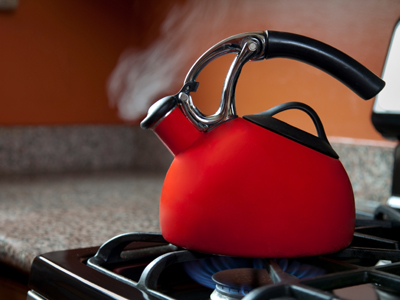
Writing Instructions 01
Writing instructions can help someone carry out a task they are not familiar with, or have never done before.
Have you ever tried to put something together only with visual instructions and diagrams? It's not always easy. Do you think you could draw a diagram showing someone how to make a cup of tea without using any words at all? Possibly, but it would certainly be even more difficult than drawing a diagram demonstrating how to put together a set of shelves.
What are the qualities of a good set of instructions? They need to be in sequential order. They should be written clearly, using precise vocabulary. Instructions usually include imperative verbs and adverbs which indicate how to undertake the actions (i.e. "stir vigorously"). Instructions should include numbers, timings and measurements where appropriate. It's also helpful for the reader for words such as "first", "second", "next", "finally", etc., to be used to show in which order exactly the instructions should be followed (numbering the list helps, too).
This English quiz is all about writing and speaking to inform. See if you are able to give a set of instructions to a learner who is making a cup of tea for visitors in response to the following questions.
Ready for more?
not all...
quizzers. Try to win a coveted spot on our Hall of Fame Page.







